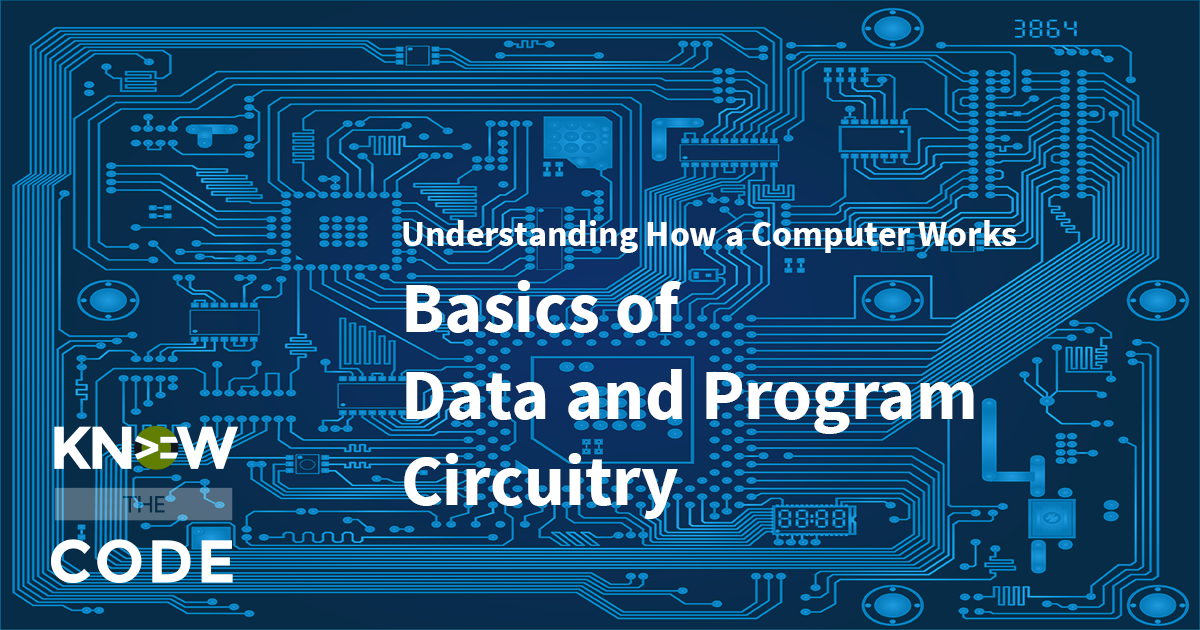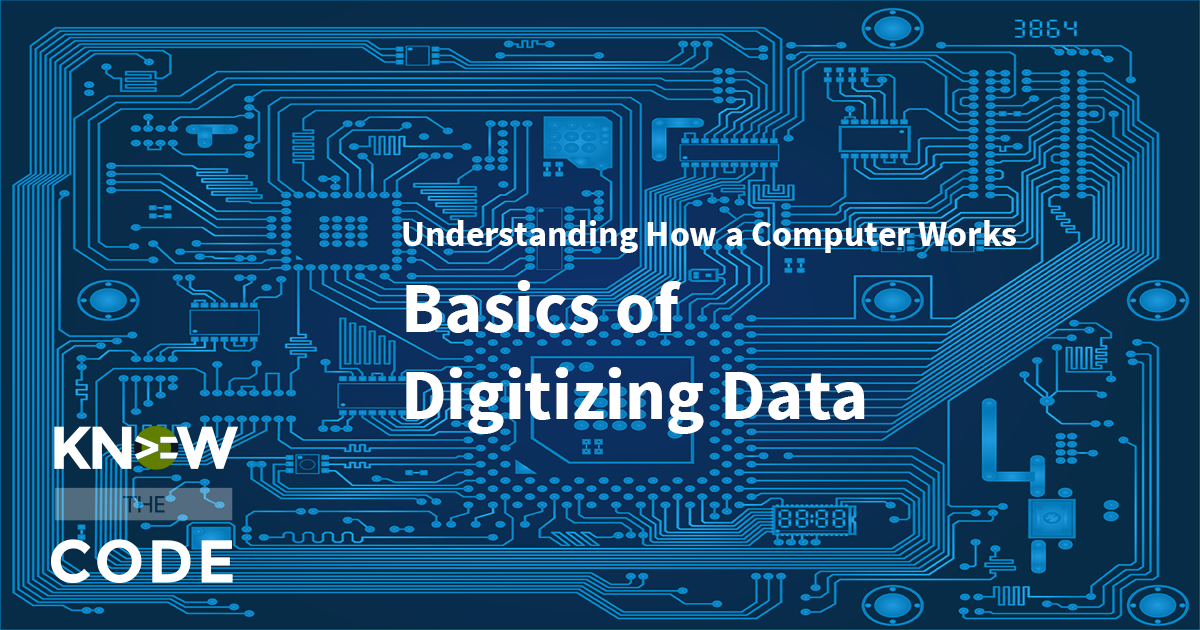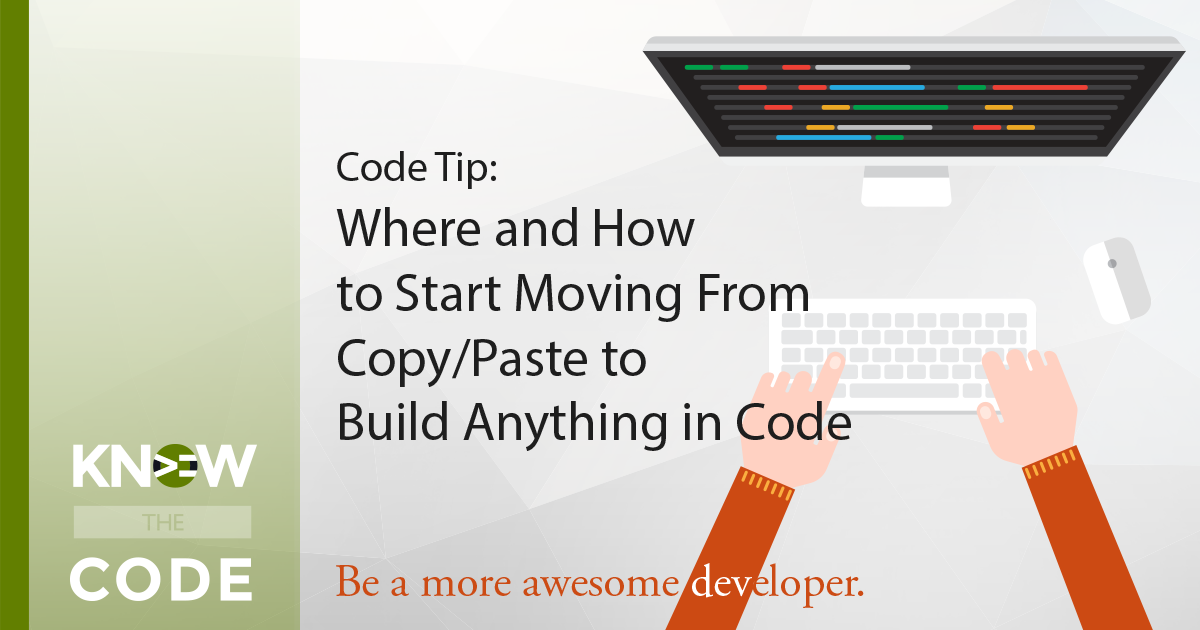Why do you need to understand switches? Computer circuit boards work on switch logic Software works on switch logic as well In these lessons, you will learn a basic understanding of: Switch logic Gates Memory circuit to store 1 bit in the computer circuitry Adder circuits to add binary numbers within the computer’s CPU
Labs
Labs are hands-on coding projects that you build along with Tonya as she explains the code, concepts, and thought processes behind it. You can use the labs to further your code knowledge or to use right in your projects. Each lab ties into the Docx to ensure you have the information you need.
Each lab is designed to further your understanding and mastery of code. You learn more about how to think about its construction, quality, maintainability, programmatic and logical thought, and problem-solving. While you may be building a specific thing, Tonya presents the why of it to make it adaptable far beyond that specific implementation, thereby giving you the means to make it your own, in any context.

Basics of Data and Program Circuitry
A solid understanding of computer circuitry will help you get the most of the computer. In this lab, you will learn about switch logic, truth tables, gates (like NOT, AND, OR, XOR, etc.), memory circuits, and addition circuits. Hum, you use the gating logic in your code too.
Binary – Combining 1s and 0s
This episode continues our discussion on the Basics of Digitizing Data. Let’s talk about the Base-2 or Binary Numbering System. This system uses a pattern of 1s and 0s. Computers use binary. Your key takeaways are: Binary system is base-2 or positional power of 2 1 bit is a single digit 1 bit is either 0 or 1 1 byte is 8 bits Byte can be 0-255 or 256 possible values Computers use bytes Study Notes Combining 1s and 0s gives us a Base-2, or Binary Number System Binary Number System Base-2 Base 2 means each position is an incremental […]
Number System for State
This episode continues our discussion on the Basics of Digitizing Data. Let’s talk about a numbering system that represents state, i.e. on or off and one or zero. It’s an introduction to binary. Your key takeaways are: 0 and 1 are the simplest digits 1 represents a value, e.g. on, go, present, all clear, etc. 0 represents no value, e.g. off, stop, absence, not clear, etc. Digital signal is 0 or 1 Combine 1s and 0s to represent counts (numbers) Study Noties What is the simplest way to communicate in a numbering system? Think about this: What are the simplest […]
Symbol to Represent Quantity
This episode continues our discussion on the Basics of Digitizing Data. In order to understand how computers work, first, you need to go back to your basic math. Let’s talk about the symbols we use to represent quantities. This episode is a quick overview of our counting system and Base-10 numbering system. Your key takeaways are: Numbers and digits are the symbols used to represent a quantity Digits are the numbers 0 to 9 The Decimal Number System is based on the quantities of 10 Base-10 is expressed as 10 to the power of a factor of X Study Notes […]

Electronics “on” and “off” States
This episode continues our discussion on the Basics of Digitizing Data. In this episode, you will learn about the electronic circuitry of a computer. At the most basic element within your computer is the switch. It’s on or off, just like the light switch on your wall. On is 1 and off is 0. Your key takeaways are: Computers handle digital signals Signals are electrical voltages Digital allows us to best represent the real world within a finite machine A digital “off” state is represented as 0 A digital “on” state is represented as 1 You can combine circuits to […]
The Why of 1s and 0s
This episode explains why computers only understand 1s and 0s. You will walk through a thought experiment to help you understand. Your key takeaways are: Computers work on voltage Computers cannot accurately, precisely, and consistently process analog signals Computers require the smallest amount of variability to be accurate 1s and 0s—or on and off—are the smallest degree Binary is the representation of complex numbers but in a 1 and 0 format Study Notes Problem 1: Feeding decimal numbers directly into the computer According to this picture, what happens when processing decimal numbers instead of 1s and 0s? If we wanted […]
Code to Circuits
This episode introduces you to the process of converting code into the digital circuits of 1s and 0s that a computer needs. Your key takeaways are: Instructions and code are software Software is converted from the human readable format to the 1s and 0s the computer circuits need Definition and types of “computers” Key attributes of a computer A big picture view of the computer anatomy Study Notes The picture above shows how software moves through a system. The basic flow is as follows: A web page request is made to the web server Web server goes to the hard […]

How to move from copy/paste to build anything in code
I’m often asked where you should start. How can you move from copy/paste to being able to build anything in code? You want to build your new skills incrementally, step-by-step. Each time you copy and paste a snippet of code, stop and dissect it. Go through the individual instructions. Look them up. Take the opportunity explore the code you are putting into your project.

Computers do not think. You do.
This quick lesson will help you to understand your relationship as the programmer with the computer. It is one of the essential building blocks in your quest to build anything in software. Software development is a thinking profession. Computers cannot read your mind. They cannot infer or figure out what you want it to do. They are literal and exact. They only do exactly what you tell them to do. That’s it. Computers do not think. You do. When a computer is not doing what you want, stop and look at your code. Remember this tip. Then spend your time […]
